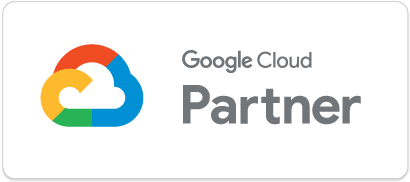Lean Canvas was created by Ash Maurya (leanstack.com) and is an adaptation of Business Model Canvas by Alexander Osterwalder. Lean Canvas is optimized for the Lean Startup methodology, and the emphasis is on finding customer problems that are worth solving.

The 9 building blocks in Lean Canvas are as follows:
1. Problem: What are your customer’s problems and how are they solved today?
2. Customer segments: Who are your target customers and what are their characteristics?
3. Unique value proposition: Why are you different and worth paying attention to?
4. Solution: What are the possible solutions for each problem?
5. Unfair advantage: What advantage do you have that can not be easily copied or bought?
6. Revenue streams: What are your sources of revenue?
7. Cost structure: What are your fixed and variable costs?
8. Key metrics: What are the key numbers that tell you how your business is doing?
9. Channels: What is your path to customers?
How to Create Your Lean Canvas in Upwave

The easiest way to utilize Lean Canvas is to use an online tool, like Upwave, where you can update the canvas in real-time with your collageus. To get started with Lean Canvas in Upwave, go to templates and choose “Lean Canvas”. To add a card, just click inside the box where you want to add it. Try to keep the text short and concise. Use colors to create links between different aspects of your business model.
Start by filling out problem (What are your customer’s problems and how are they solved today?), customer segments (Who are your target customers and what are their characteristics?) and then unique value proposition (Why are you different and worth paying attention to?). Then continue with solution (What are the possible solutions for each problem?), unfair advantage (What advantage do you have that can not be easily copied or bought?) and revenue streams (how much money are you going to make?).
Now that you’ve covered the problem, your solution, why you are different and how you’re gonna make money, it’s time to look at costs, metrics and channels. Start by filling out cost structure (What are your fixed and variable costs?) and key metrics (What are the key numbers that tell you how your business is doing?), and finish with channels (how are you going to reach your customers?). You now have a one page visualization of your business model!





